Exit Tickets
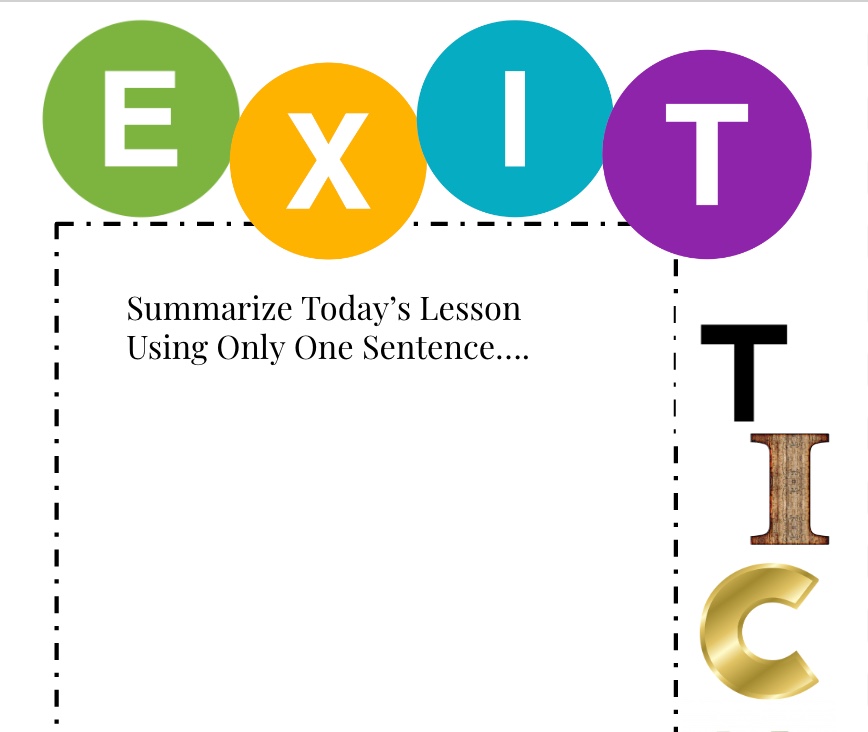
Exit tickets collect feedback on students’ understanding at the end of a class and provide the students with an opportunity to reflect on what they have learned. They can be helpful in prompting students to begin to synthesize and integrate the information gained during a class period.
Thinking Routines for the Online Classroom
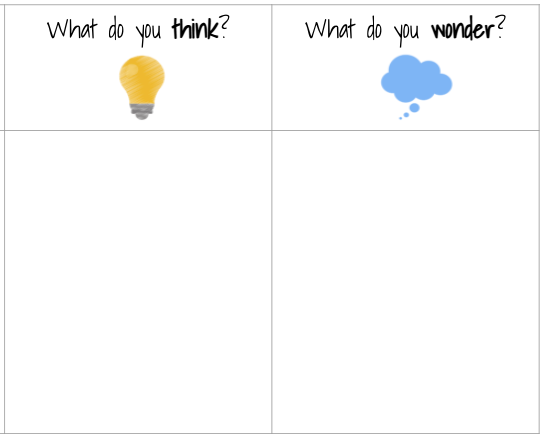
Project Zero at Harvard’s Graduate School of Education has created a collection of Core Thinking Routines as part of their Visible Thinking Project. This post highlights 5 Routines that encourage students to be intentional thinkers and provides a “how-to” document and Google Slides template for each.
Make it Stick
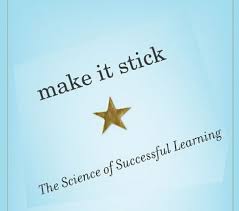
Procrastinate – Cram – Test – Forget. This is how most kids get through school. They may pass the class, but they don’t necessarily learn the material, much less remember it for any length of time. What if we could design our instruction so that the learning really stuck, so they remembered our content for years rather than just for long enough to pass the test? There is a way and it’s so simple. In this resource, you will learn how working memory and long-term memory function and how you can use the strategies of retrieval practice, spacing, interleaving, and feedback to help kids retain the content you are working so hard to teach.
Turn & Talk Sentence Frames
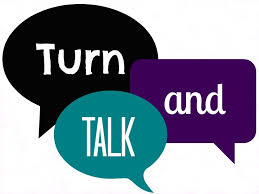
Every 12-15 minutes, students should be given a short amount of time to consolidate their learning. Here are four examples of conversation prompts teachers can give to help them do that.
“Two Things”: A Quick, No-Quiz Retrieval Strategy

How can we use retrieval practice to break up our lessons, quickly and easily, without pausing to facilitate class discussion or collect papers? Try “Two Things”…
Brain Dumps: A Small Strategy with a Big Impact
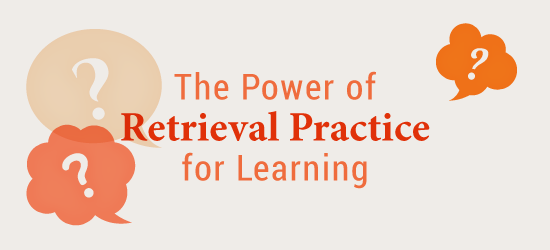
Here’s a small strategy that makes a big impact on student learning – based on decades of cognitive science research. In scientific lingo, we call it “free recall.” Free recall is also known as a “brain dump,” “show what you know,” and a “stop and jot.” Here’s how it works…
Exit Ticket Sorting Bins
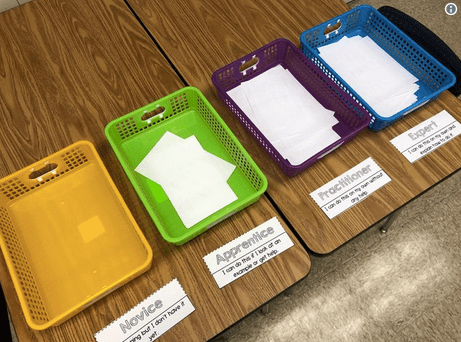
Having students self-sort their exit tickets according to their confidence level with the knowledge or skill being assessed adds a metacognitive component to the formative assessment. This not only builds student’s reflective and self-assessment skills, but also cuts down on the time it takes teachers to evaluate exit tickets…
Three-Sentence Wrap Up
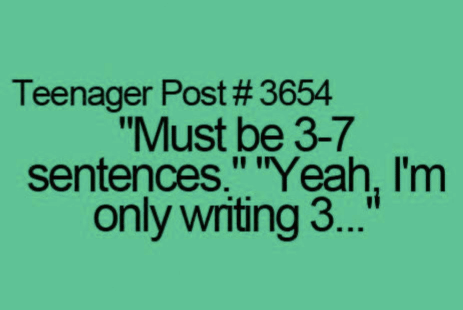
By asking students for Three-Sentence Wrap-Ups, you eliminate their tendency to add every peripheral item discussed in your lesson. Students have to be selective, determine what is most important, and then succinctly sum it up. Having to summarize something lengthy, in three sentences or fewer, can be a bit of a challenge.
The Biggest Aha Quick-Write

The Biggest Aha Quick-Write is a quick, versatile activity that can provide closure to almost any lesson. It allows you to capture what students feel are their most important insights learned from your lesson in just a few minutes of class time.
One Word Summary
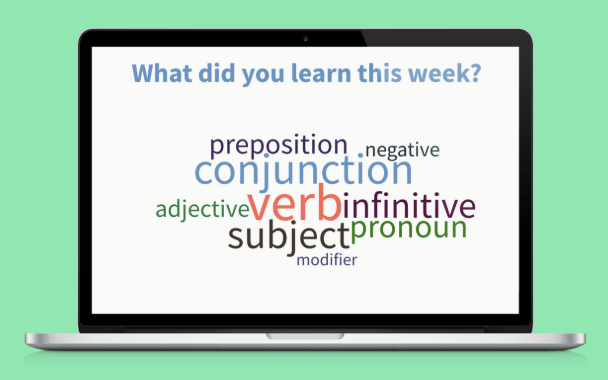
One-Word Summaries to allow students to summarize the essence of the content presented that day using just one word. The teacher then circulates around the room asking for explanations or clarifications. This activity is versatile, brief, and can be used without much planning.
IQ Cards (Insight & Question)
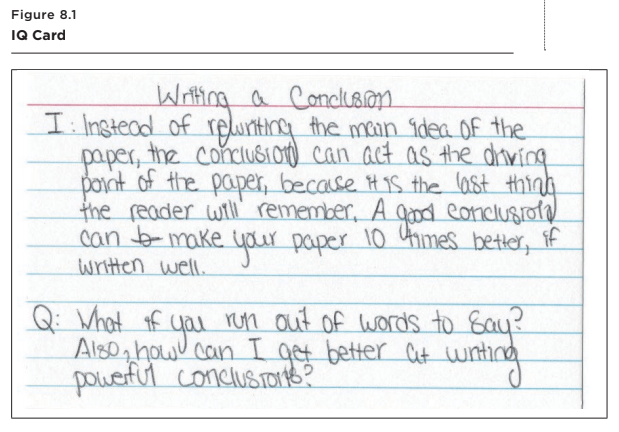
IQ Cards allow all students to share two things: an insight (I) and a question (Q). They also allow all students to read one another’s insights and questions in a collaborative final step. These work well wtih difficult-to-test concepts that are measured by bigger-picture understandings. Examples might include historical conflicts and inequities, human responsibility, climate change, conservation, and controversial readings.
Pause, Star, Rank

This activity allows students to review their notes while the concepts are
still fresh in their minds. They can clarify what they wrote while they still remem-
ber why they wrote it. They also can encode their notes with stars to indicate the most important concepts, and then numbers indicating the ranking of the three most important points.
Categorizing & Sorting
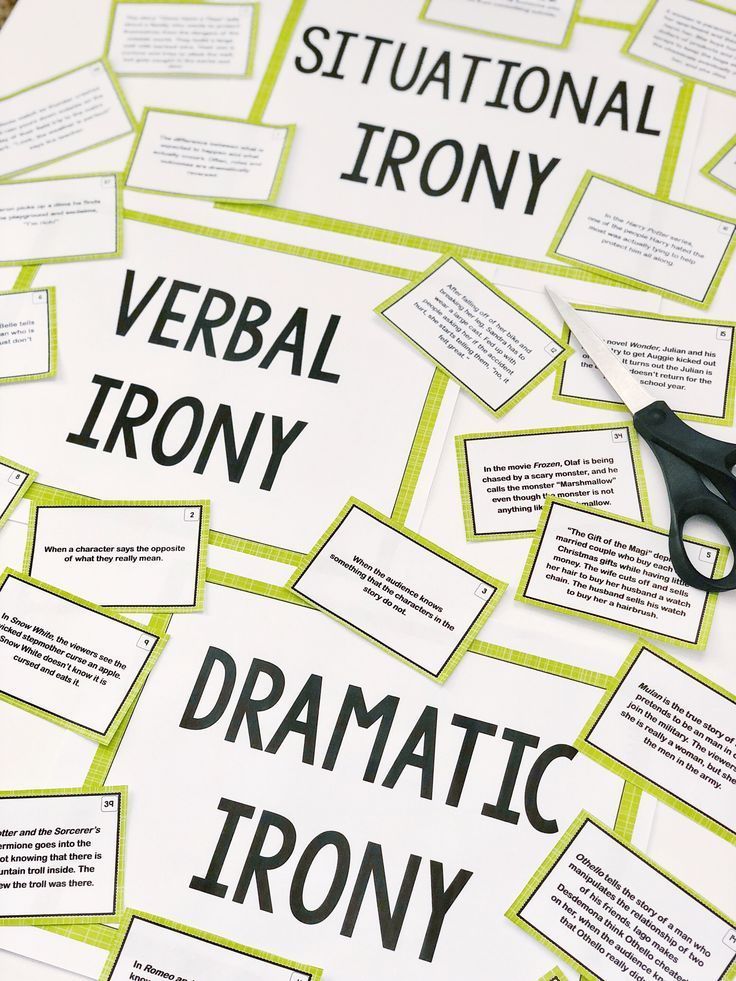
Categorizing and sorting can be used to help students understand a wide variety of unique characteristics and concepts. This interaction provides students with opportunities to see how items can sometimes be sorted in different ways and still be correct.
Ranking
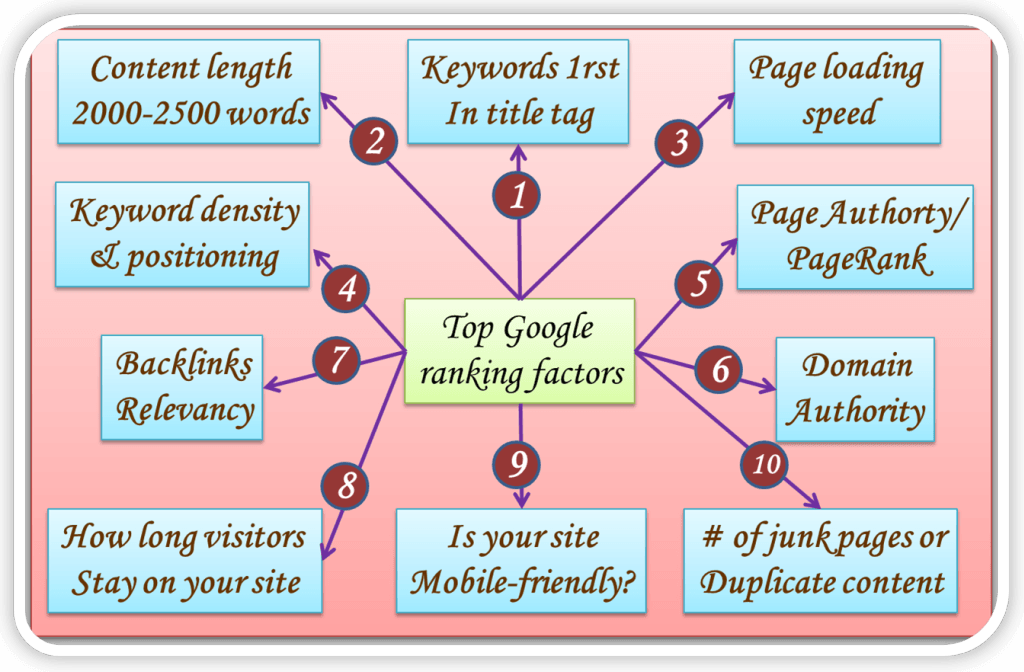
Ranking is an activity that requires your students to analyze components of the concepts that you are teaching and then justify their reasons for assigning rankings. It can be done on the spot, or it can be carefully planned to allow for more thorough analysis.
Similes
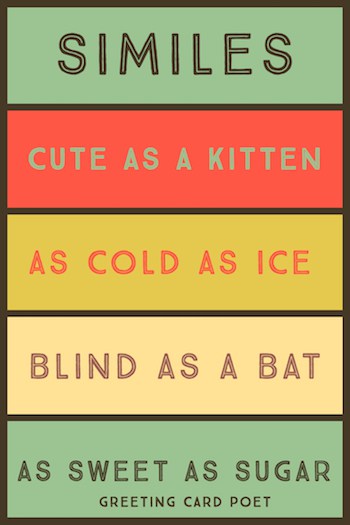
Similes compare two unrelated things. For example, a simile using the topic of TPTs might be “TPTs are like safety nets in that they protect students from falling through the cracks.” Similes can provide opportunities for abstractly portraying the big picture of concepts in a way that sums up their meaning.
Quick-Draws
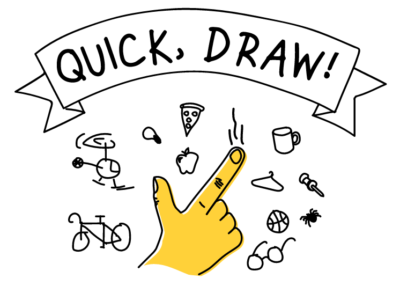
Quick-Draws are opportunities for students to demonstrate their understanding of an abstract term or concept by representing it in a drawing. This can be used with any age group and in any content area, not only for
Quick-Writes

A Quick-Write is a brief activity that can be inserted at almost any point within a lesson or planned ahead using prepared prompts.
